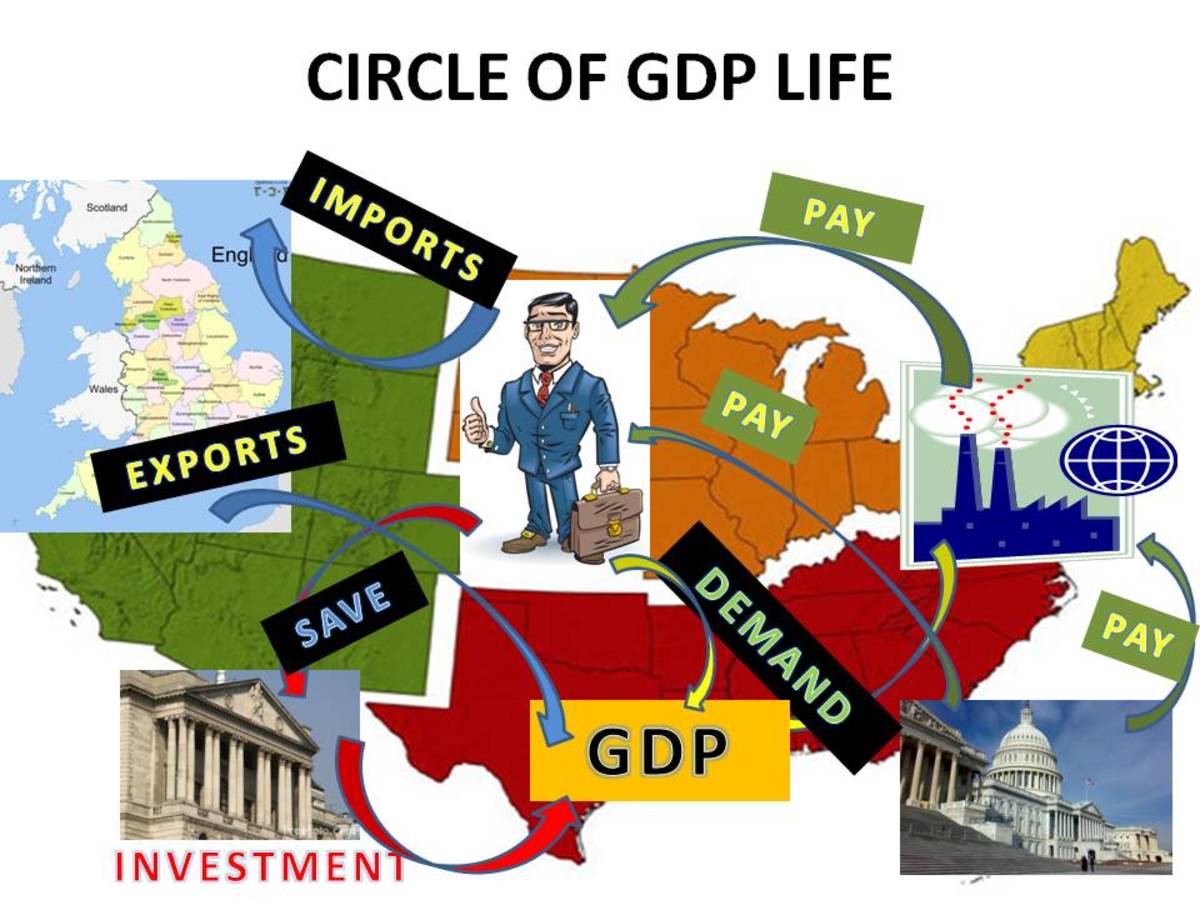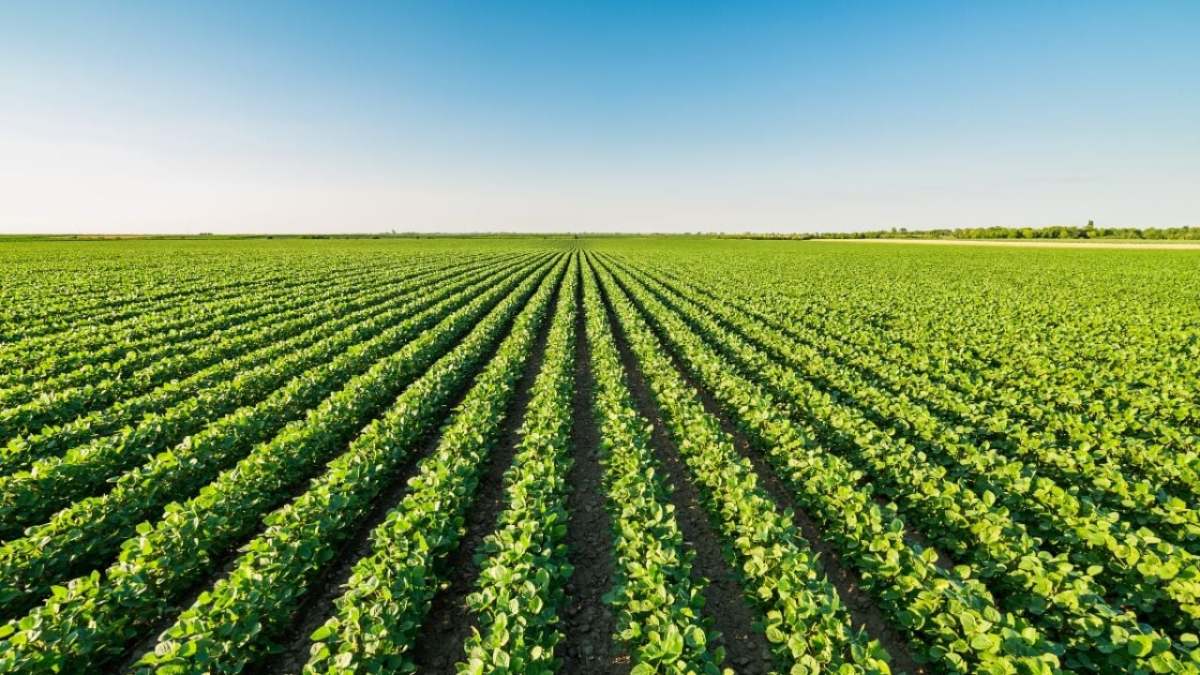Edible Insects - The Future of Food
The population is growing, our farmland is decreasing, yet the size of the planet remains the same. With things going the way they are then how do we intend to survive into the future as a species as our means of food management continue to be depleted?
The answer may send your stomach galloping, but the answer is quite simple: edible insects. Everyday, around the globe, commercial and independent farmers alike are fighting to develop innovative ways to reduce growing space and still produce nutritious sustenance to feed the masses.
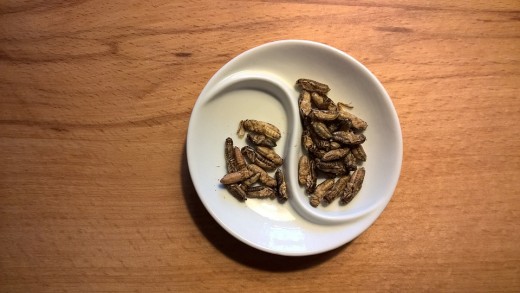
The news of resorting to insects really isn't anything new at all. There are restaurants that have been serving dishes, if not the entire menu, based around insects for some time now. Whether it's suppose to be viewed as “exotic” or they serve with a purpose is another matter.
Truth is, depending on insects as a food stuff goes back further than written history can tell. And, as you may or may not know, many cultures around the world still use insects as a food source on a daily basis! So the news shouldn't come too shockingly to many.
But, sooner or later, eating bugs isn't going to be some far away or exotic thing. Oh, no! We can count on it becoming rather commonplace, indeed, a staple in our diet. And there's good reason for that. Let's take a look at the facts:
The United Nation's Food and Agricultural Organization (FAO) estimates that by the year 2050 the world's population will reach around nine billion people. That's a lot of mouths to feed, and feeding them isn't going to be easy if we only look to continue farming as we are currently. So, with fruit and vegetable crops aside, let's talk protein for a second . . . .
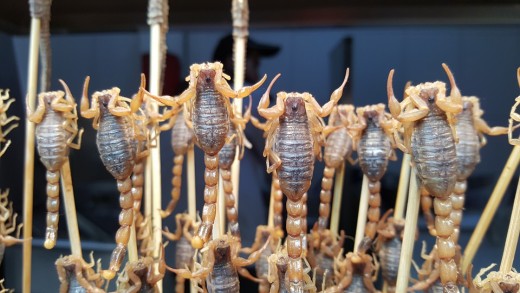
Not counting the over fished oceans, nor the tens and hundreds of thousands of acres of farmland are being lost every year to development for residential housing and businesses, finding room to raise foul, pork, sheep, and beef is a problem that isn't being properly addressed to the general public.
Remember, you're roughly looking at a needed four acres of land per head of grazing cattle, and with no land for them to be on, the average consumer's source of protein is either going to be scarce (and very expensive) or eventually a thing of the past.
The problem with this is the obvious fact that feeding a grass feeding animal bugs is going against their natural diet; causing disruption within the animal's digestive system. Cows are fed corn to more quickly fatten them up, but, as innocent as this may seem, cows eating a lot of corn can cause several problems that may even lead to it's death.
Now, moving on, think about how much beef (if you're a meat eater) you consume during the year. Now consider the amount that's being consumed in your neighborhood in the same time frame. Now your city and county. The state. How much in the whole of the country? Worldwide? Not hard to do the math to see the numbers are staggering, is it?
Of course, things are only going to get worse when you look past 2050; more and more people . . . less and less farmland. Even if you take everyone globally living in 20 to 50 square feet of living space, which is the norm in some places already, it's not difficult to see how this is going to cause problems.
The solution, one may ask? Entomophagy! . . . which is the consumption of insects as a safe food source.
There are an upwards of 10 million species of insects in the world today with new ones being discovered each year. But not all of them are fit for consumption. And of those that are (more than 1,900 varieties), I'm sure it's fair to say, not all of them taste good.
But what about those that are easier on the pallet? Well, those little guys are being considered for mass production if not in production already; i.e. China's maggot farms. The FAO put out a PDF report in 2013 (Edible insects: Future prospects for food and feed security) that reads specifically on using insects for dietary purposes and even encourages people to try them!
Although there are insects (either cooked or raw) that can be eaten individually, or by the handfuls, as snacks or as part of a meal, there is a much bigger and broader concentration on using them for human and animal consumption: the use of insects as a flour or meal.
But, before we get into that, let's take a look at some of the most popular bugs people are chowing down on:
-
Stinkbugs
-
Red Agave Worms
-
Mealworms
-
Grub Worms
-
Flies
-
Maggots
-
Waterboatmen and Backswimmers (and their eggs)
-
Locusts
-
Grasshoppers
-
Crickets
-
Ants
-
Termites
-
Tree Worm
-
Beetles (rhinoceros, june, long-horned, and dung beetles mostly)
-
Moths and Butterflies
-
Wasps and Bees (lest we forget the bees still in development within the hive cells)
-
Mosquitoes
-
And we can't leave out the arachnids: scorpions, spiders and tarantulas
But it must be said, that even of the above mentioned, one must take precaution! Some worms, beetles, and locusts (for example) are poisonous. A general rule of thumb is if the insect is brightly colored then leave it be. However, even this rule does not always apply.
One other added benefit of crunching (or squishing) down on bugs is that, not only can they be wild caught – as they are plentiful – but they require very little space, food, and water to raise. It may even become common to find people raising them at home!
But let's go back to the protein bit . . .
We know that bugs, individually or by the bunches, can be eaten. And that's all fine and dandy, but what other uses are there? How else can we produce insects to fill our dietary needs? Oh, yeah. By use of flour or meal.
The most looked at and used insect for this is the humble cricket. Currently, this concept (cricket flour) is already being used in protein bars and powders by roasting crickets and grinding them down into flour. And, as time progresses, it may enter the grocery store shelves in many other ways such as microwavable meals, processed meats (think hot dogs), cat and dog food, livestock feed, and so on.
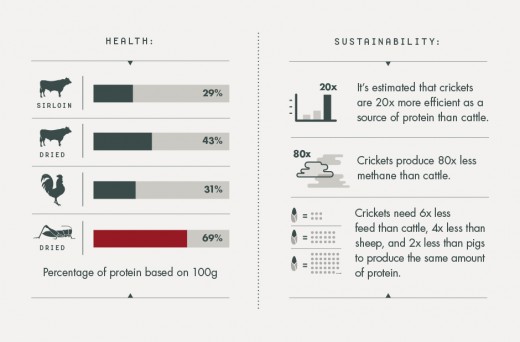
Crickets, conveniently enough, out way beef in protein by volume, they're very plentiful, easy to raise, obviously require far less water, food, and growing space (boxes and buckets), produce less methane gas than cows, and contain significant amounts of iron and amino acids. So it's easy to understand why “cricket flour” has a growing popularity.
So let us just say that we have to accept the idea (or fact) that consuming insects will be a way of life for everyone. The question we have to ask now is . . . how will we accept the transition? Well, it may not be as bad as you might think!
Honey ants have a bulb filled with liquid that is to taste like honey; hence the name. Other insects are said to taste sweet and fruity. And, more often than not, many insects are known to taste earthy or nutty. With that said, perhaps if we can get past the thought of placing a bug in our mouths and chewing it, then maybe, just maybe, bugs will be welcomed with open arms?
Whatever the future holds for us, and no matter we like the things heading our way or not, humans have always learned to accept, overcome, and adapt with the times. With the challenges that we now face, like global warming, which is also affecting the way we farm, the future of edible insects as food may be the least of worries!

